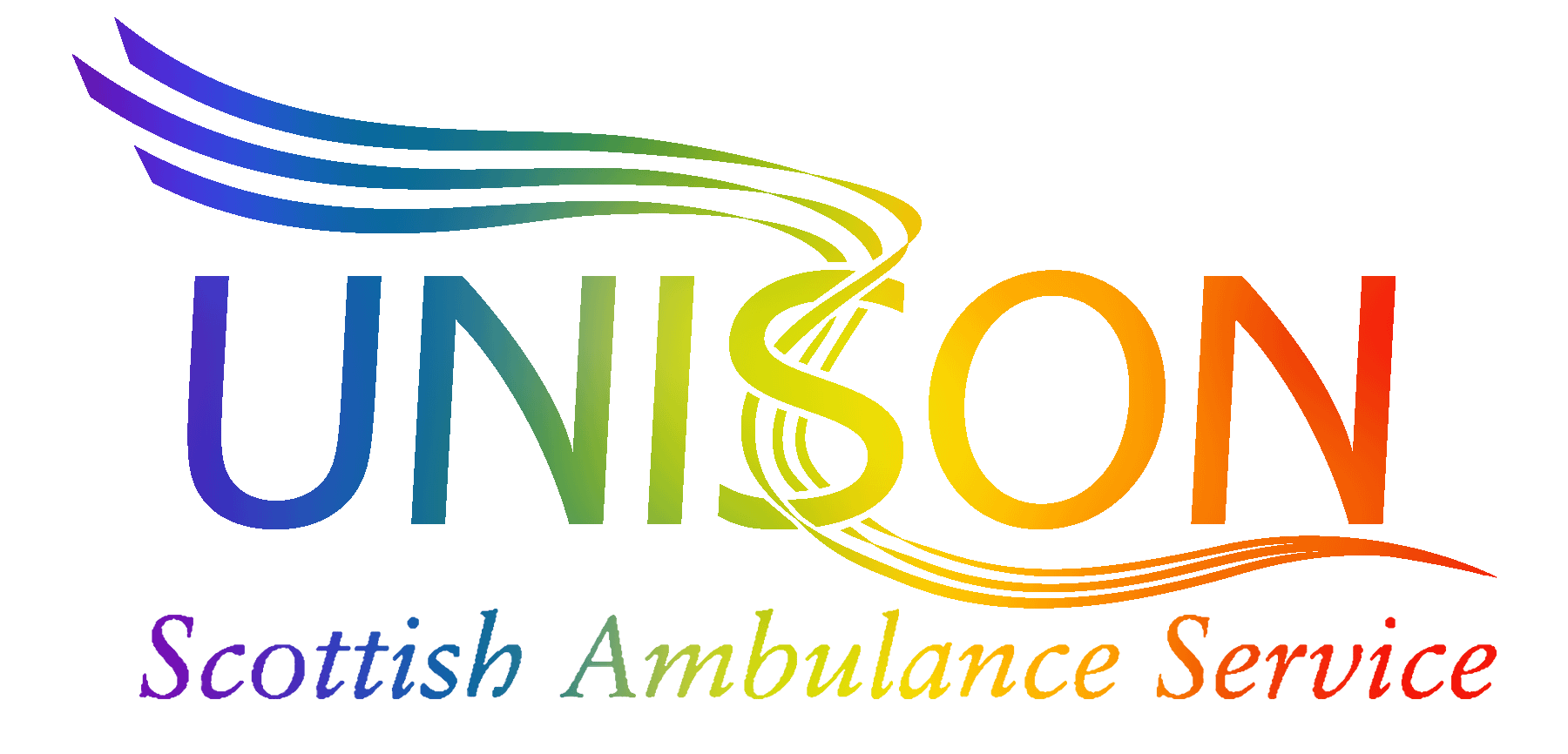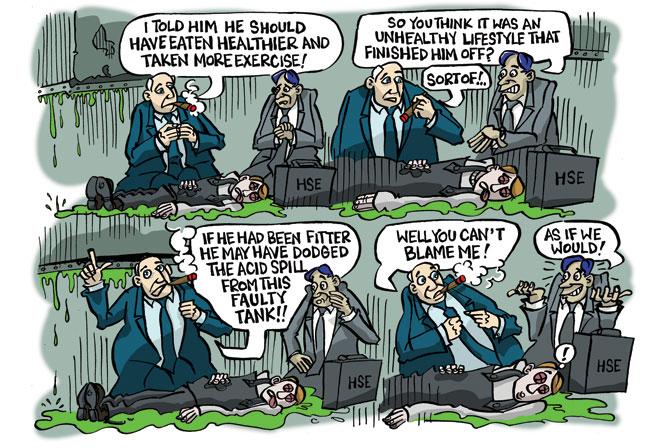The Whole Story 2024 - Work related Injuries / Illnesses
In the updated February 2024 edition of "The Whole Story: Work-related injuries, illness, and deaths," the document highlights an urgent global health and safety crisis affecting workers across various sectors. This comprehensive report, rooted in the latest data and analysis, serves as a clarion call for immediate action to safeguard workers' health and safety.
The Global Context
The document begins by reminding us of the International Labour Organization's (ILO) recognition of safe and healthy work as a fundamental principle, emphasizing its importance as a labor right crucial to decent work. The stark reality is presented through ILO's estimation: worldwide, work-related fatalities surpass the number of deaths caused by wars annually, with 2.78 million work-related deaths and more than 374,000 nonfatal occupational health injuries and illnesses globally. This alarming statistic underscores a critical point made by Jukka Takala of the ILO, who compares the global inaction on work-related deaths to the response that would ensue if terrorism claimed as many lives .
Underestimation of Work-Related Harm
The report criticizes the Health and Safety Executive (HSE) for not publishing the total number of people killed through work-related incidents and diseases, arguing that evidence-based estimates of work-related harm are essential for policy development and resource allocation. It accuses employers of non-compliance and criminal negligence, contributing to a significant underestimation of the risks faced by workers and the public. By relying on estimates from various sources, the Hazards Campaign attempts to present a more realistic summary of the numbers of people killed, injured, and made ill by work .
The COVID-19 Impact
A significant portion of the document is dedicated to discussing the impact of COVID-19 on work-related fatalities, indicating that the pandemic has further complicated the assessment of work-related deaths. The analysis includes data from the Office for National Statistics (ONS) and highlights the challenges in estimating the number of work-related deaths due to COVID-19, as they are not systematically recorded, reported, or investigated .
Occupational Health Challenges
The document outlines several occupational health challenges, including the underreporting of diseases that should be notified under RIDDOR (Reporting of Injuries, Diseases and Dangerous Occurrences Regulations). It notes that many workers with long COVID are not being provided with appropriate reasonable adjustments, and despite recommendations to classify long COVID as an industrial disease for some workers, the government has yet to respond.
Economic Costs
On the economic front, the Hazards Campaign estimates the cost of harm to society due to poor workplace health and safety to be between £30 and £60 billion, significantly higher than the HSE's estimate of £20.7 billion. This disparity underscores the financial burden of workplace injuries and illnesses, with the costs predominantly borne by individuals and families, rather than the employers responsible for the harm.
Call for Action
The document concludes with a call to action, urging for comprehensive policy reforms, increased transparency, and accountability from employers and governmental bodies. It advocates for the adoption of more rigorous safety and health standards to prevent work-related injuries, illnesses, and deaths, emphasizing the need for a collective effort to address this global crisis.
"The Whole Story: Work-related injuries, illness, and deaths" serves not only as a detailed account of the current state of workplace health and safety but also as a powerful advocacy tool for change. By presenting data-driven evidence and personal narratives, the document aims to galvanize support for a safer and healthier work environment for all.
Link to Document

